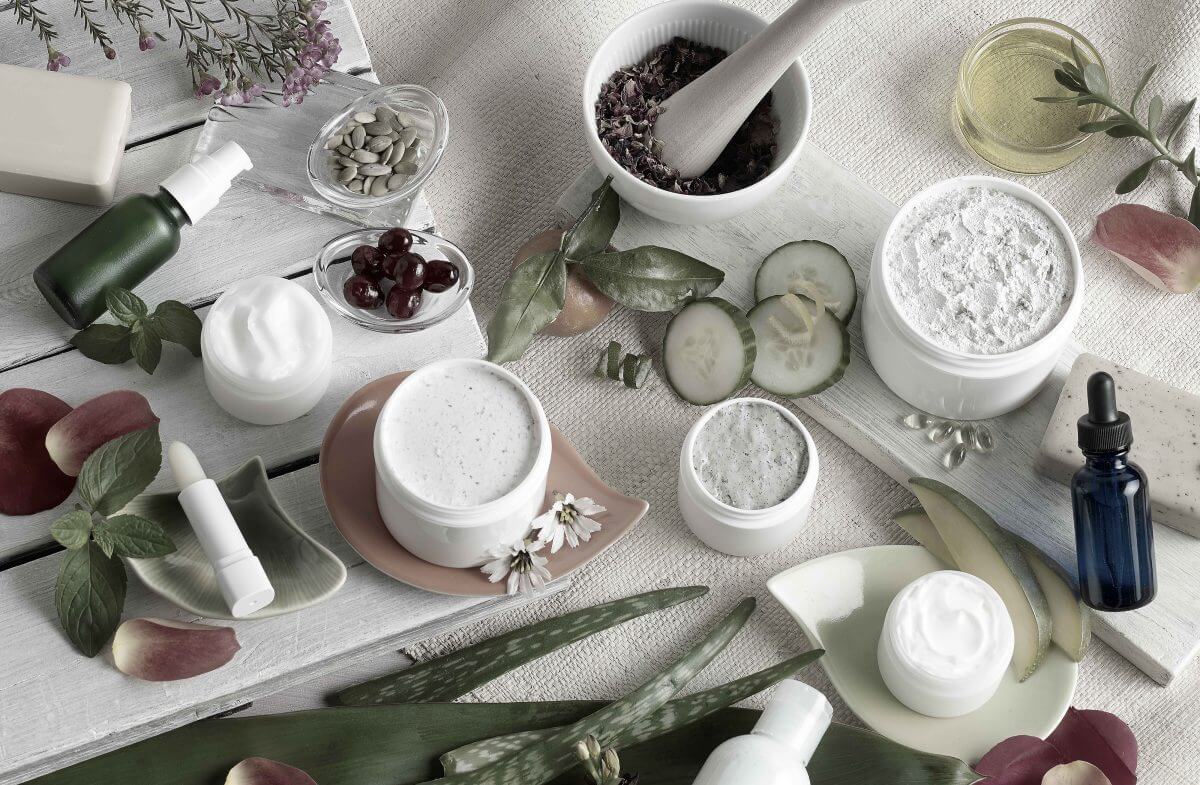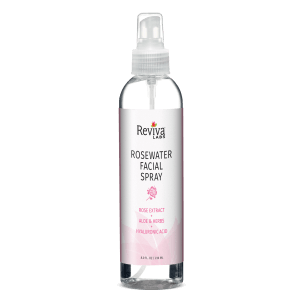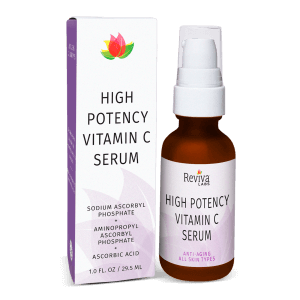Dimethicone
Dimethicone, a pure a synthetic silicone, is one of the most frequently used emollient ingredients in moisturizers due to its gentleness and effectiveness. Dimethicone is considered a synthetic ingredient, even though it’s derived from natural silicon. Contrary to popular belief silicones are non-comedogenic and non-sensitizing. Dimethicone is considered safe as used in cosmetic products.
Applied to skin, dimethicone forms an occlusive permeable barrier that works to prevent moisture loss and impart a wonderfully silky feel.When applied to the skin, its known for creating a subtle gloss that feels smooth and silky to touch. It also acts a mild water repellent by forming a protective barrier on the skin, and can fill in fine lines/wrinkles on the face, giving it a temporary “plump” look.
Polydimethylsiloxane (PDMS), also known as dimethylpolysiloxane or dimethicone, belongs to a group of polymeric organosilicon compounds that are commonly referred to as silicones. PDMS is the most widely used silicon-based organic polymer, as its versatility and properties lead to many applications.

| |
| Names | |
|---|---|
| IUPAC name
poly(dimethylsiloxane)
| |
| Other names
PDMS
dimethicone dimethylpolysiloxane E900 | |
| Identifiers | |
3D model (JSmol)
|
|
| ChemSpider |
|
| ECHA InfoCard | 100.126.442 |
| E number | E900 (glazing agents, ...) |
| UNII | |
CompTox Dashboard (EPA)
|
|
| |
| Properties | |
| CH3[Si(CH3)2O]nSi(CH3)3 | |
| Density | 0.965 g/cm3 |
| Melting point | N/A, vitrifies |
| Boiling point | N/A, vitrifies |
| Pharmacology | |
| P03AX05 (WHO) | |
| Hazards | |
| NFPA 704 (fire diamond) | |
Except where otherwise noted, data are given for materials in their standard state (at 25 °C [77 °F], 100 kPa).
| |
It is particularly known for its unusual rheological (or flow) properties. PDMS is optically clear and, in general, inert, non-toxic, and non-flammable. It is one of several types of silicone oil (polymerized siloxane). Its applications range from contact lenses and medical devices to elastomers; it is also present in shampoos (as it makes hair shiny and slippery), food (antifoaming agent), caulk, lubricants and heat-resistant tiles.










